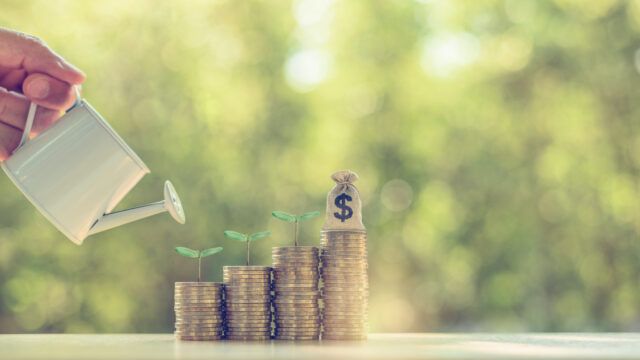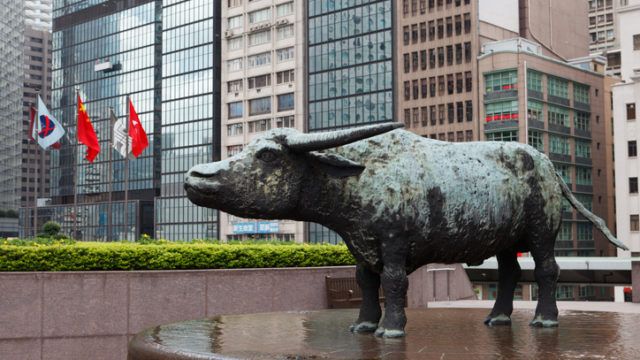Climate policies and social mandates in China will lead to the increasing issuance of different ESG-related debt, by all types of domestic issuers, according to Sustainable Fitch (Fitch).


Climate policies and social mandates in China will lead to the increasing issuance of different ESG-related debt, by all types of domestic issuers, according to Sustainable Fitch (Fitch).

Clients will be able to invest in green bonds, renewables and energy transition.

Green, social, sustainable and sustainability-linked (GSSS) bond issuance is expected to hit $1.7trn in 2022, with continued growth likely as the net zero transition gathers pace, says Standard Chartered.

Emerging Asian markets are in a better position to withstand headwinds, argues Manulife Investment Management.

Coupled with a diversity of products and government support, China sustainable fixed income is expected to continue to grow.

Manulife sees value in ESG-themed investment grade fixed income.
Only a quarter of green bond issuers provide details on their environmental impact, according to research by Oxfam Hong Kong and Carbon Care Asia.

Hong Kong Exchanges and Clearing Limited (HKEX) says it will launch a central hub for data and information on sustainable and green finance investments later this year.


Any definition should be principles-based, permitting the investor flexibility to decide if the green bond is actually green, according to Mitch Reznick, Hermes IM.
Part of the Mark Allen Group.
